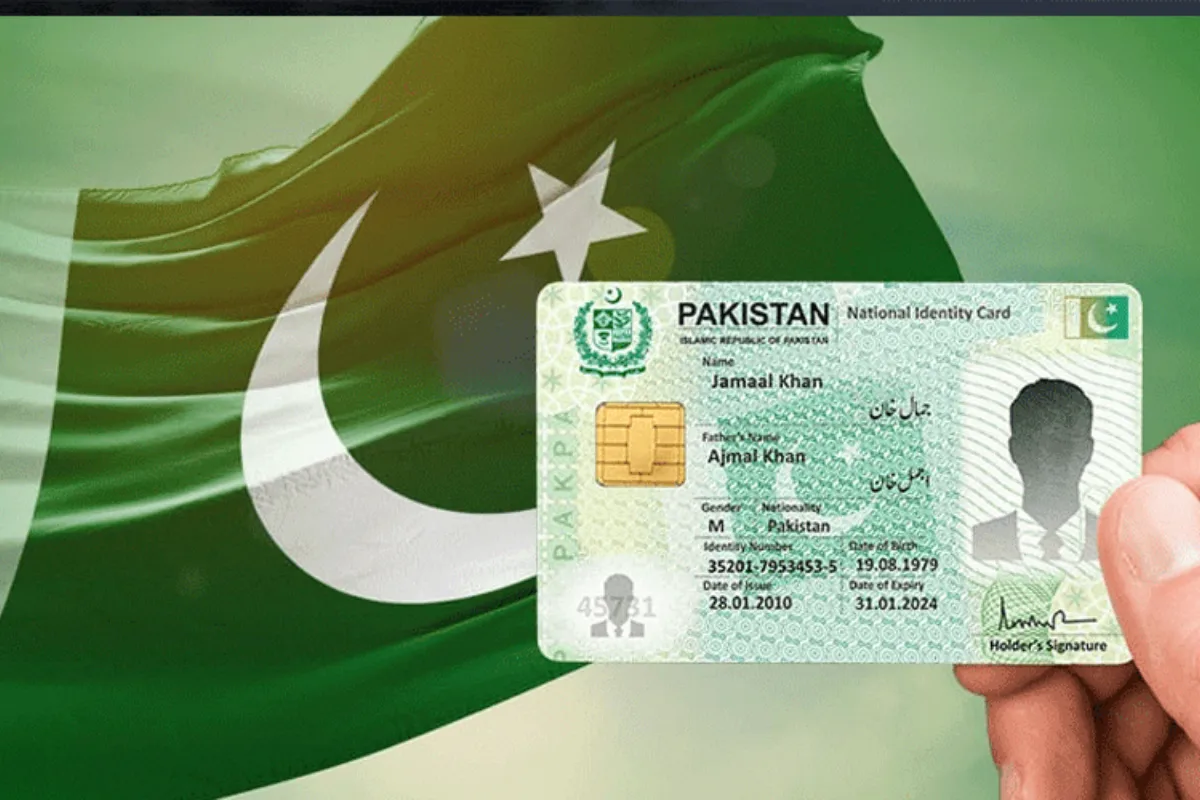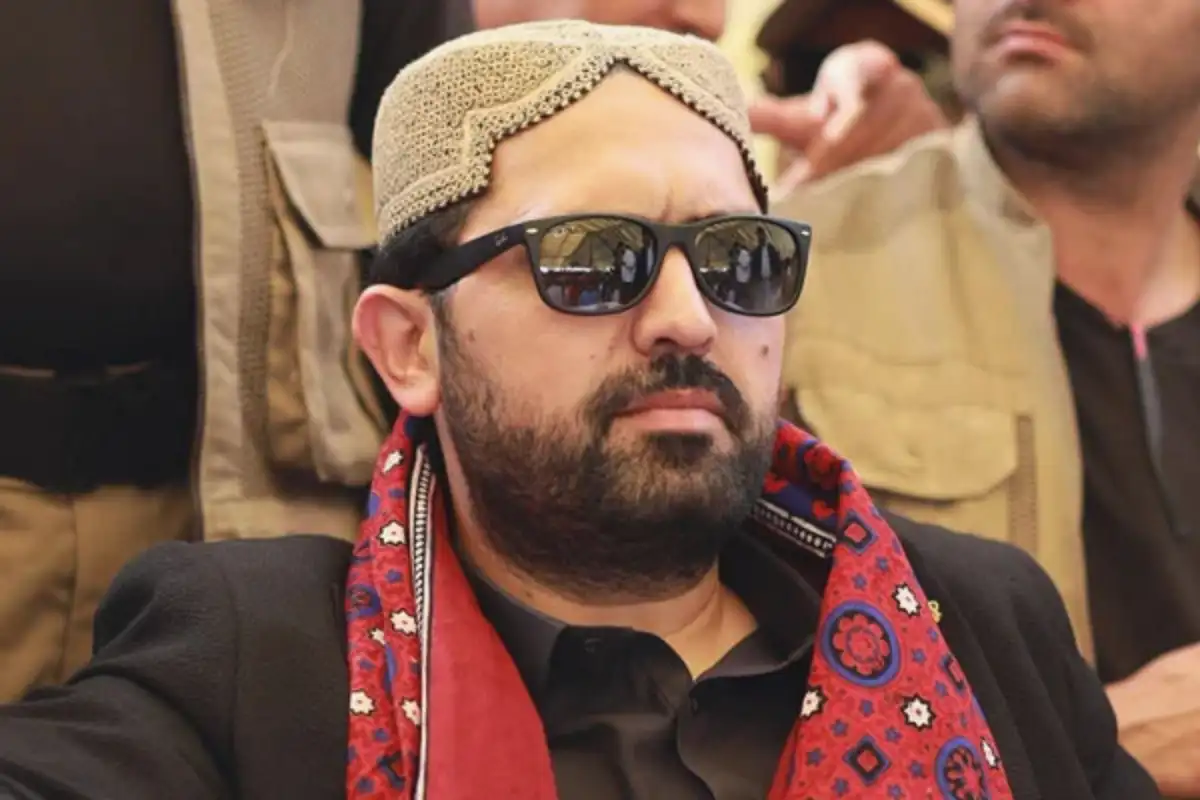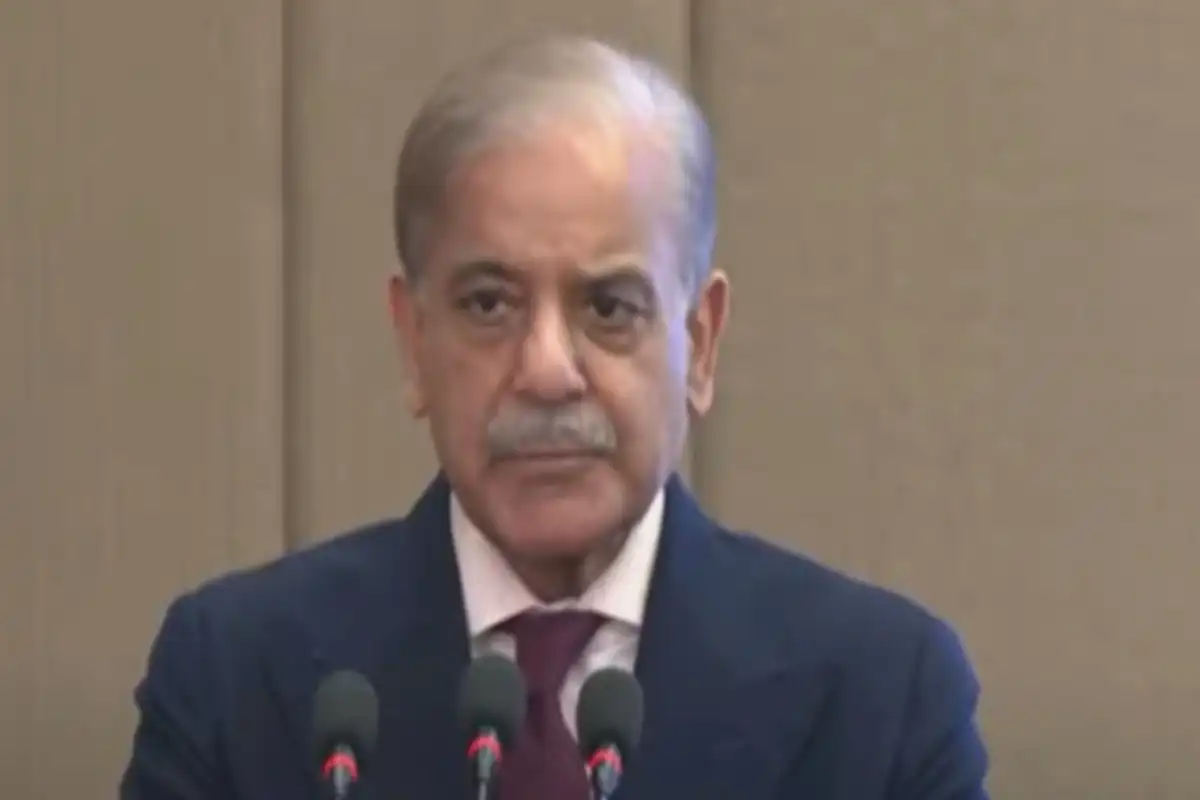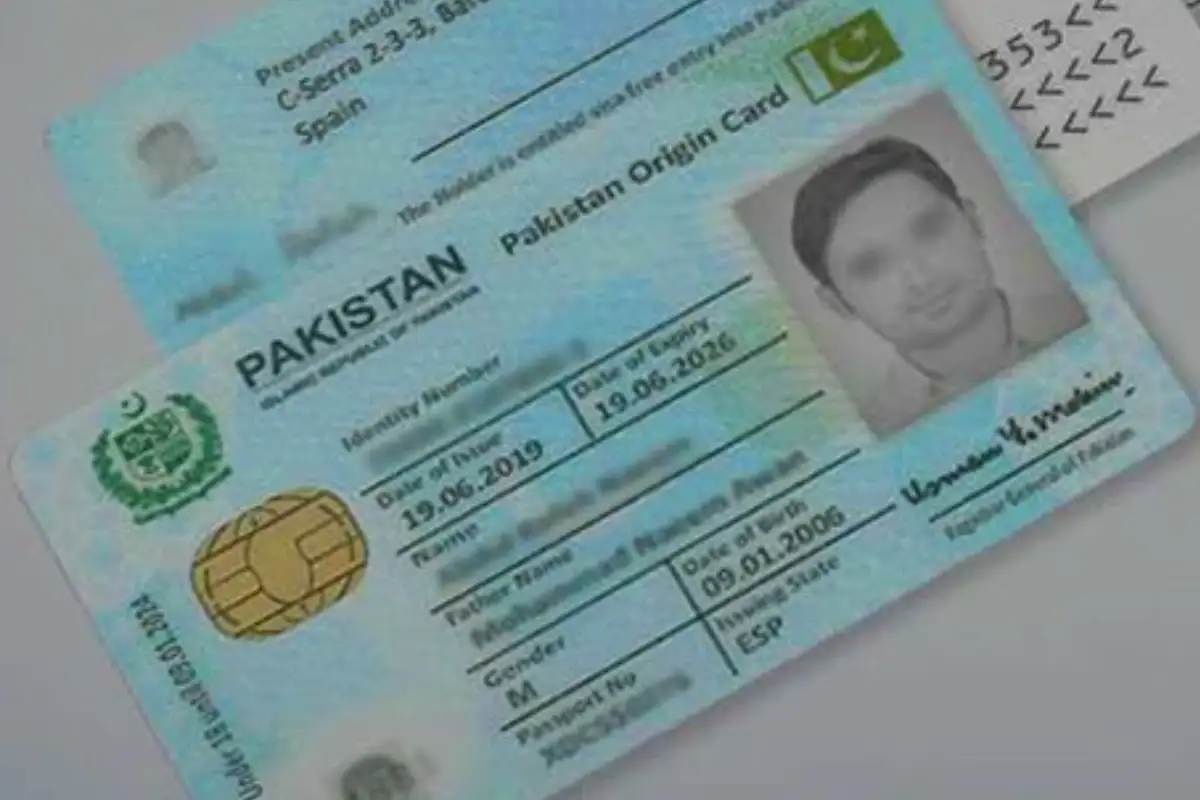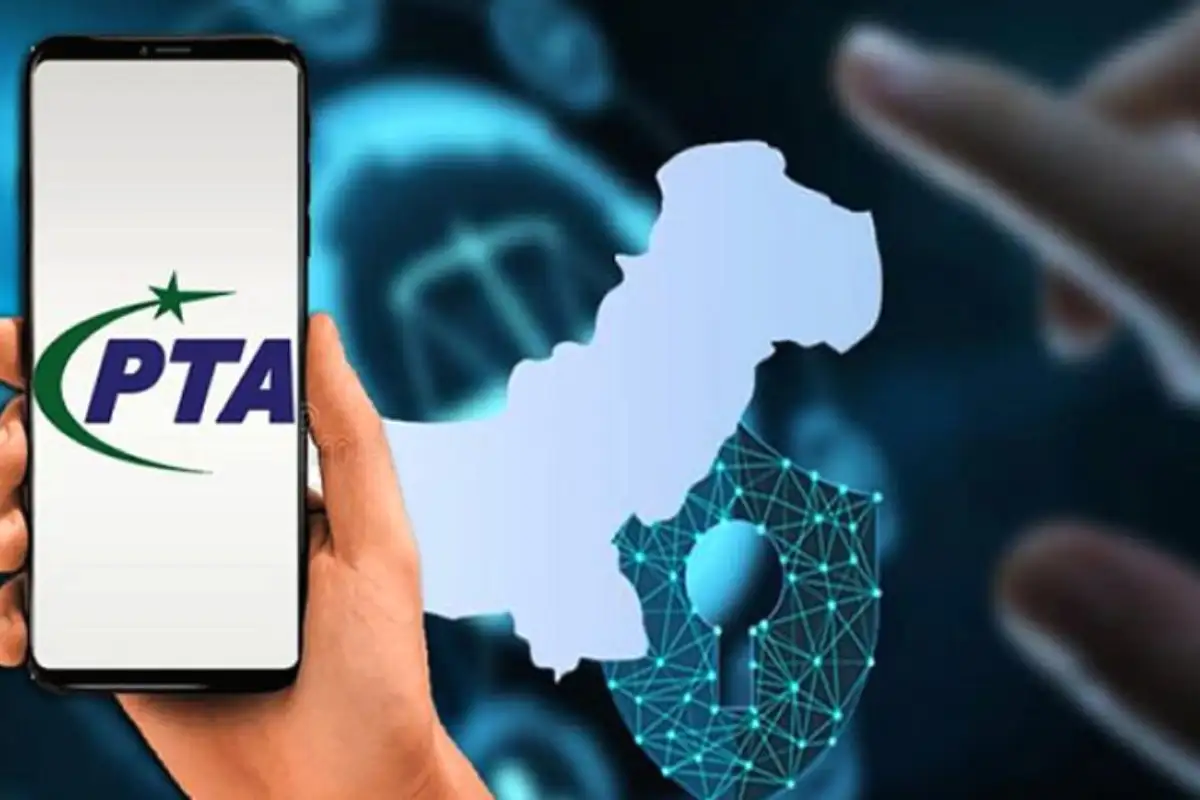On the directions of Federal Interior Minister Mohsin Naqvi, the National Database and Registration Authority (NADRA) has introduced new rules for CNIC and B-Form registration for 2025, aiming to modernize Pakistan’s identity system.
One of the key changes includes the mandatory registration of births at the local Union Council level before applying for a B-Form, a move aimed at eliminating fake records and improving child protection.
The biometric requirements have now been separated by age groups. Children under the age of 3 will not be required to provide biometric data or photographs. For those between 3 and 10 years, a photograph and iris scan will be mandatory. Children aged between 10 and 18 will need to provide a photograph, biometric fingerprints, and an iris scan. Every child will now be issued a B-Form with a defined validity period. While previously issued B-Forms will remain valid, the new B-Form is essential for applying for a passport.
Under the revised rules, the Family Registration Certificate (FRC) has been given legal recognition. Applicants will be required to submit a declaration confirming the accuracy of their family data. The FRC will now also show complete information about individuals with multiple marriages. Additionally, women will have the option to choose whether to display their father’s name or husband’s name on their CNIC.
To further improve public service, NADRA has committed to resolving CNIC confiscation or restoration cases within 30 days. In a cost-saving measure, NADRA has introduced a chipless identity card that still offers smart features such as bilingual data in Urdu and English and a QR code for quick verification. These cards will be delivered faster and at a lower cost than the chip-based versions.
In a related update, NADRA has expanded its Mobile Biker Service in Karachi. According to Director General NADRA Aamir Ali Khan, the number of biker service units in Karachi has increased from 3 to 8, enabling quicker and more accessible registration services across the city.
These steps are part of a broader effort to increase transparency, reduce identity fraud, and make official documentation more secure and accessible for the public.
